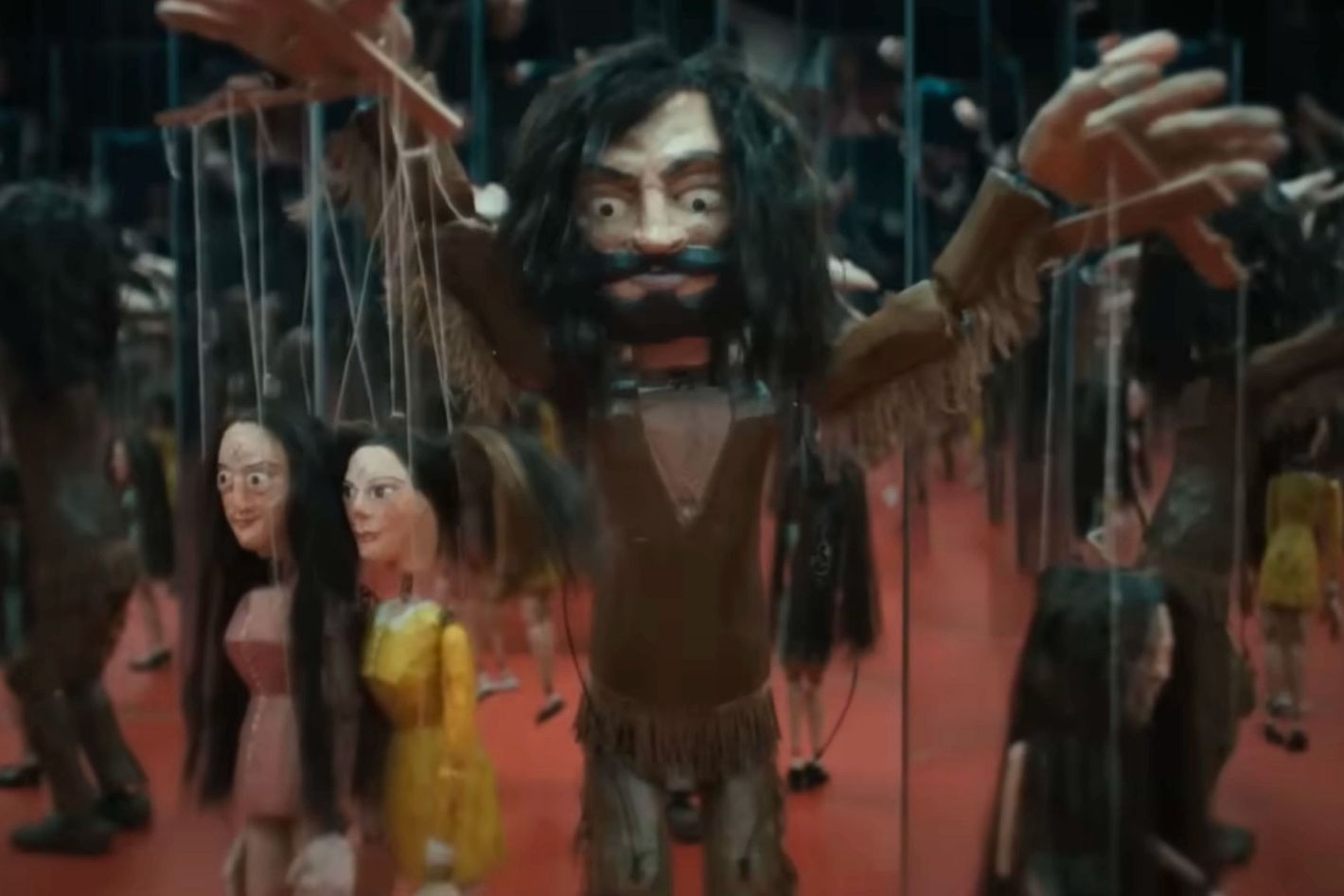- Home
- Yachts
- Antique Cars
- Art & Collectibles
- Art Basel Miami 2024
- Boats
- Business
- Cars
- Entertainment
- Events
- Fashion
- Real Estate FL
- For Sale
- Jets
- Jewelry
- Lavish Solutions
- Lifestyle & Travel
- Luxury Cars
- Luxury Goods
- Mathematics
- News Headlines
- Politics
- Real Estate
- Sports
- Watches
- Yacht Charter , Superyachts , Megayachts
- Services
- Policies & Information
- Home
- Yachts
- Antique Cars
- Art & Collectibles
- Art Basel Miami 2024
- Boats
- Business
- Cars
- Entertainment
- Events
- Fashion
- Real Estate FL
- For Sale
- Jets
- Jewelry
- Lavish Solutions
- Lifestyle & Travel
- Luxury Cars
- Luxury Goods
- Mathematics
- News Headlines
- Politics
- Real Estate
- Sports
- Watches
- Yacht Charter , Superyachts , Megayachts
- Services
- Policies & Information
- Home
- Yachts
- Antique Cars
- Art & Collectibles
- Art Basel Miami 2024
- Boats
- Business
- Cars
- Entertainment
- Events
- Fashion
- Real Estate FL
- For Sale
- Jets
- Jewelry
- Lavish Solutions
- Lifestyle & Travel
- Luxury Cars
- Luxury Goods
- Mathematics
- News Headlines
- Politics
- Real Estate
- Sports
- Watches
- Yacht Charter , Superyachts , Megayachts
- Services
- Policies & Information
Errol Morris Has Been Sucked Into the Gaping Maw of True Crime


Chaos: The Manson Murders may only be 96 minutes long, but it feels padded, as though its existence is meant to serve as proof that even a documentary legend who helped establish the true-crime genre isn’t immune to the genre’s current streaming bloat. The trouble is that while Chaos: The Manson Murders was directed by Errol Morris, it doesn’t really feel like an Errol Morris movie until around halfway through, when it turns from a film about the Tate-LaBianca murders to one about Tom O’Neill, the author of the 2019 book on which it’s based. Sure, you hear Morris’s familiar voice asking his subjects questions throughout and sometimes see him joining O’Neill onscreen for an interview, and the archival material that blasts across the screen is occasionally joined by one of his signature interstitial reenactments or dreamlike close-ups. But, stylistic touches aside, a significant chunk of the film is just a run-through of the lurid details of one of the most famous murder cases in American history. Interviewees O’Neill, prosecutor Stephen Kay, and Manson family member Bobby Beausoleil, who’s still incarcerated for the murder of Gary Hinman, may not agree on what drove the killings. But the basic facts themselves — the charismatic would-be rock star turned cult leader, the commune at Spahn Ranch, the slaughter at Cielo and then Waverly Drive — are all so familiar that even the uninterested will have absorbed some of them out of the pop-culture ether.
So why bother? Well, O’Neill, an entertainment reporter whose Premiere magazine assignment to look back on the Tate-LaBianca murders turned into a two-decade personal project, does eventually reveal himself to be a primo character in the Morrisian mold — an obsessive trying to lay out his own distinctive view on the world, even if he hasn’t fully sorted that view out yet. “I still don’t know what happened, but I know that what we were told isn’t what happened,” he says. O’Neill doesn’t believe the narrative created during the trial and laid out in prosecutor Vincent Bugliosi’s best-selling Helter Skelter that Charles Manson was hoping to incite a race war when he sent his followers to kill Sharon Tate and the other residents of the house in which she was staying, and the next day to do the same to Leno and Rosemary LaBianca. He believes something more conspiratorial was going on that he has almost but not quite figured out, something involving the CIA’s notorious MKUltra program and psychiatrist Louis “Jolly” West, who in addition to being a participant also performed experiments in Haight-Ashbury right around the time that Manson was there gathering followers. While he can’t entirely connect the dots, O’Neill is convinced that the wild amount of control Manson was able to exert over other people, up to ordering them to kill, had to have been learned from West somehow, that he couldn’t have developed these abilities on his own.
Watching Chaos: The Manson Murders, you get the feeling that Morris would have liked to make O’Neill that focus from the start, to structure the movie around him in the way he did Fred A. Leuchter in Mr. Death and Joyce McKinney in Tabloid, with Beausoleil and Kay’s interviews as contrast. A 2019 talk at the Los Angeles Press Club, in which O’Neill claimed to have withdrawn from Morris’s project due to creative differences, may explain some of why the film is the way it is. O’Neill clearly did end up participating in the film, but as a subject, he remains at a remove, even visually — instead of the Interrotron treatment, he’s more often shot from two angles at once, fitting with the double-vision motif Morris uses throughout Chaos: The Manson Murders to summon the look of scrolling through film negatives or microfiche. Maybe O’Neill was worried about being made to look like a crackpot or shied away from a more confrontational conversation, but the result is that even his theories aren’t clearly laid out. Morris instead has to blunt-force the thesis of the movie by way of Beausoleil, who notes that people want to believe that Manson was some mastermind because it’s more reassuring than accepting that what happened was at the behest of some paranoid blunderer: “People are very fond of their fantasy.”
Morris, with his 1988 documentary The Thin Blue Line, would be instrumental in creating so much of the visual language that, in a bastardized way, became the regular approach of the booming true-crime genre. It’s a funny, queasy legacy for a milestone film that had a lot more on its mind than much of the formulaic and frequently slapdash content that now crowds streaming services, many of which rely on such an established set of storytelling tics that a wry documentary at Sundance, The Zodiac Killer Project, riffed on and criticized them this year. But there’s a bitter irony to the fact that, whether due to access issues or an inability to wrangle what he wanted from his material, in retreading the Manson details, Morris has made something that feels a lot closer to that omnipresent slop than to the work that inspired it.

Latest News
For Sale! 2016 Sea Ray 350 Sundancer – $180,000
Reel Deal Yacht is pleased to feature a meticulously maintained 2016 Sea...
The Ultra-Wealthy Can’t Get Enough of These 5 Luxury Destinations — Discover the Reasons!
The Ultimate Guide to Luxury Travel Destinations for the Elite For billionaires,...
Unfamiliar with This $500,000 American Luxury Sedan? Its Striking Design Will Leave a Lasting Impression!
The Rise of Dacora Motors: A New Era in Bespoke Luxury Cars...
Kering (PPRUF) Poised to Appoint Renault’s Luca de Meo as CEO
Kering’s Strategic Leadership Shift Kering (PPRUF), the renowned parent company of luxury...
Timeframe for Paying Off a Luxury Rental Property in 10 Hidden Gem Destinations
The Current State of the Luxury Real Estate Market The luxury real...














